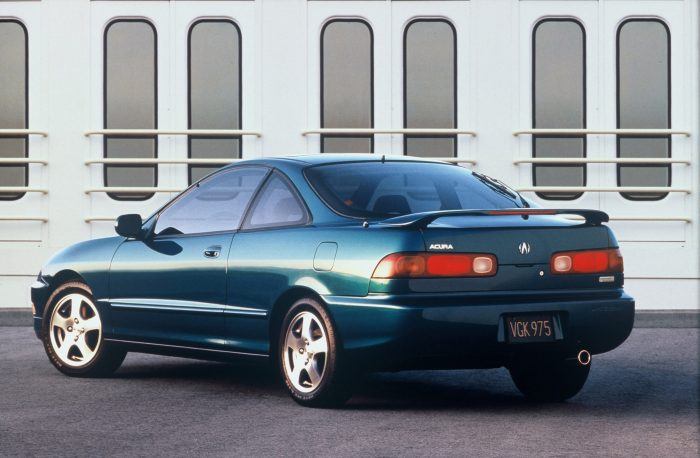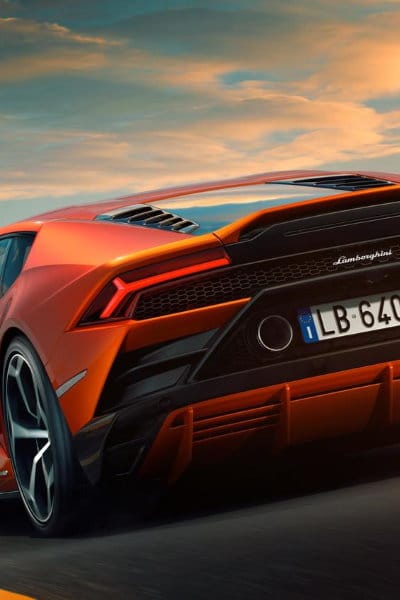17 years after The Fast and the Furious hit theaters and showed the Japanese tuner scene to many Americans for the first time, prices of the rides portrayed continue to rise. This according to ClassicCars.com, to which I can only say, duh!
If you think about it, this is pointing out the obvious to the Nth degree. Of course the prices of Japanese cars are continuing to rise, and it’s not down to a “car” movie franchise that turned into a caper movie franchise with cars tacked on as little more than props.
Japanese cars, especially anything rare or odd (Mazda Cosmos and Toyota 2000 GTs are two good examples) are rising in price – everything is going up in price, it’s called inflation.
Born Yesterday
ClassicCars.com says that F & F’s use of Nissans, Mazdas, and Toyotas, and showing them in the same light as established collectible cars like a Ferrari 355 or 1970 Dodge Charger exposed young viewers to an “edgier and more accessible aspect of car culture, causing a shift in pop culture that still effects both the film and auto industries today.”
Which is, largely, horse manure.
Sure, the Fast and the Furious franchise (horrid words to associate with a movie) showed off the import tuner scene to a wider audience, but so did Gran Turismo on the PlayStation and the growing influence of Asian culture in general, and Japanese culture specifically. You don’t have to be Stanley Milgram to figure that one out.
Or maybe you do, at least if you don’t understand societies, how they grow and change, and what semi-outside forces impart those changes. Lord knows the people at ClassicCars.com are stretching for a connection that isn’t really there. Still, they point to four Japanese rides that are currently rising in value: Mazda RX-7, Toyota Supra, 1994 Acura Integra GS-R, and the 1997 Nissan 240SX.

Modified Movie Props
The RX they’re talking about is the 1993 Mazda RX-7. Yes, in 2005 a 1993 Mazda RX-7 used in the film sold for the respectable sum of $40,250 at a Bonhams’ auction, but that’s a screen-used movie prop. Unscathed used versions sell for about half that . . . if you can find one. These things were modified far too often, so that might drive up the prices of an original model. Slightly.
ClassicCars.com says an average example of a Mark IV Supra will cash out around $70,000 these days. Again, these last gen Supras are hard to find in un-assaulted form, a lot of them being picked up by rich kids and tweaked and repainted in garish color schemes. The actual 1993 Toyota Supra driven by Paul Walker in the movie sold for $185,000 in 2015 – a full $115,000 more than non-movie cars and $135,000 more than when it was new.
ClassicCars.com says an original, low-mileage Toyota Supra goes for about $90,000 on their site.
And then the 1994 Acura Integra GS-R – essentially a factory hot rod with some unique suspension bits, badges, and the like – nothing really that special, which might be reflected in the current price range of around $15,000. Finally, the 1997 Nissan 240SX, listing for only a few thousand, is barely worth mentioning in terms of collectability.

Good But Not Grand
You don’t have to look very hard at those cars, the FD Mazda RX-7, Mark IV Toyota Supra, the 1994 Acura Integra GS-R, and the 1997 Nissan 240SX to see why “showing them in the same light as Ferrari F355s” is a false equivalency. Ferrari made a total of 11,273 F355 models. Mazda made 68,589 gen three RX7s, Toyota made 11,239 Supras; approximately 42,000 1994 Acura Integra GS-Rs rolled off the assembly line, and over half a million 240 SXs were made.
And sure, all those cars are cool, but they will never, ever be as cool or as rare or as desirable as anything made by Ferrari. Or most Porsches, Jags, Astons, Healeys and such. They’re fun cars, but don’t mistake them for being something more than they are.
Longtime Automoblog writer Tony Borroz has worked on popular driving games as a content expert, in addition to working for aerospace companies, software giants, and as a movie stuntman. He lives in the northeast corner of the northwestern-most part of the Pacific Northwest.
Source: ClassicCars.com.
Cover Photo: Toyota Motor Sales, U.S.A., Inc.


